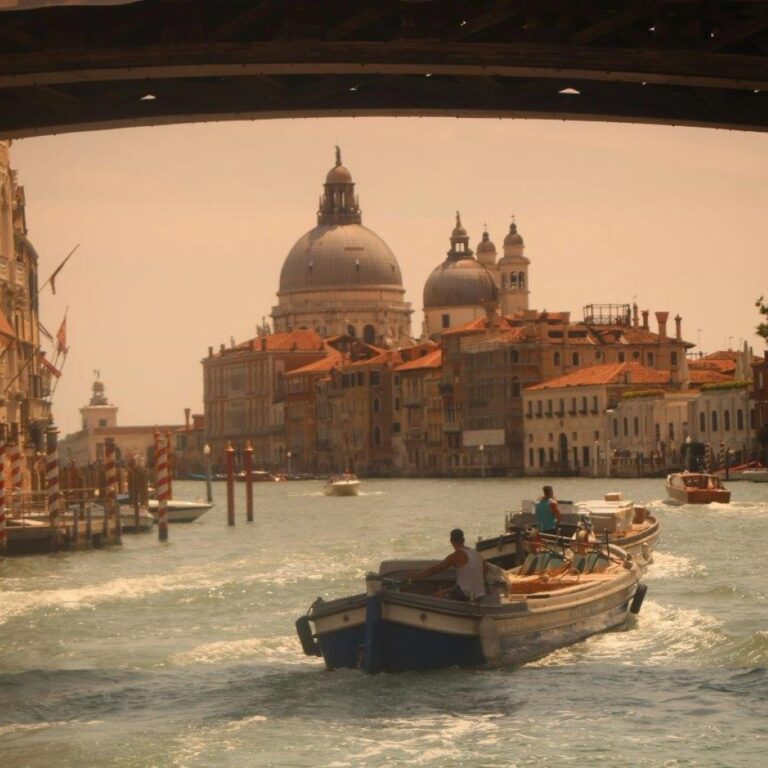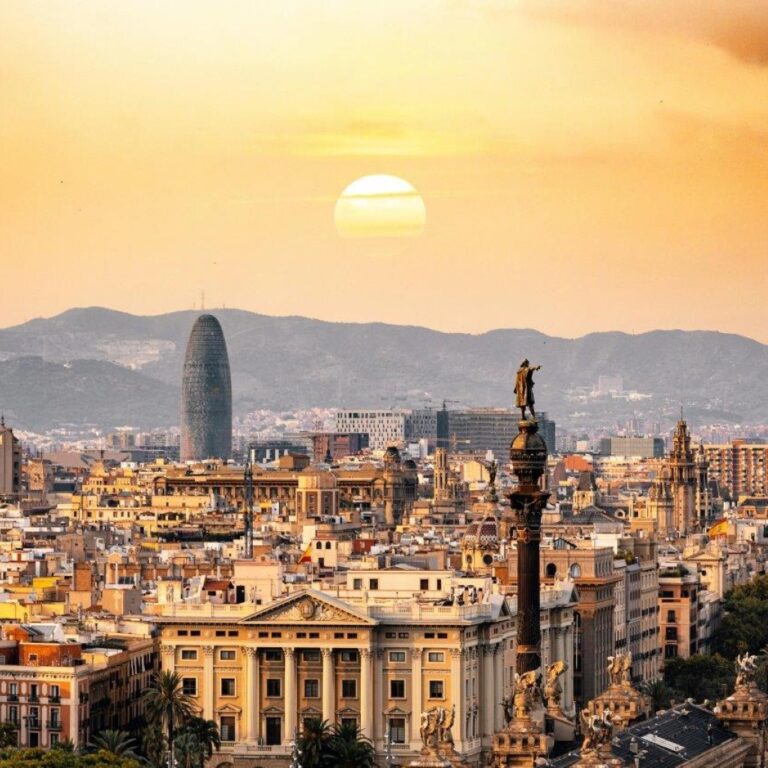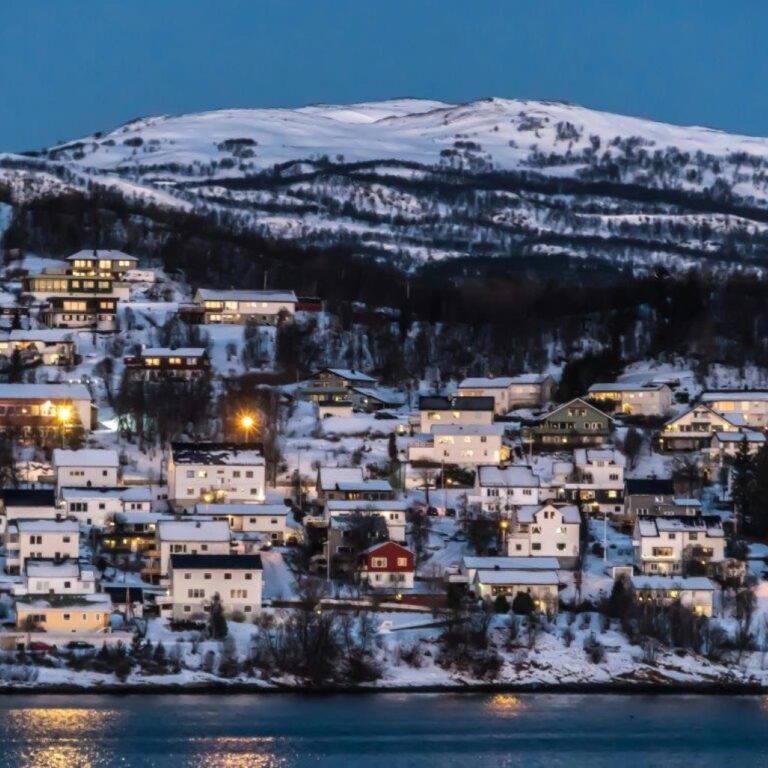Builders constructed Venice on wooden piles that have endured underwater for centuries.
The city contains over 400 bridges, with the Rialto Bridge standing out as the most iconic.
Gondoliers paint gondolas black by law to preserve Venetian tradition.
Canals replace roads in Venice, making them the main mode of transportation.
The Grand Canal showcases over 170 historic buildings, many reflecting Renaissance architecture.
Artisans celebrate Carnival with intricate masks that symbolize mystery and freedom.
UNESCO recognizes the Venetian Lagoon for its ecological and cultural importance.
Glassmakers on Murano Island perfected glassblowing techniques still used today.
Shakespeare set The Merchant of Venice and Othello in this enchanting city.
Residents navigate raised walkways during frequent floods known as acqua alta.
Artisans covered St. Mark’s Basilica with mosaics crafted from real gold.
Millions of tourists explore Venice each year, drawn to its timeless beauty.
The Doge’s Palace once governed the Venetian Republic and served as its judicial center.
Venetian explorer Marco Polo expanded trade routes and shaped the city’s legacy.
Preservationists work tirelessly to protect Venice as it continues to sink slowly.
How useful was this post?
Click on a star to rate it!



